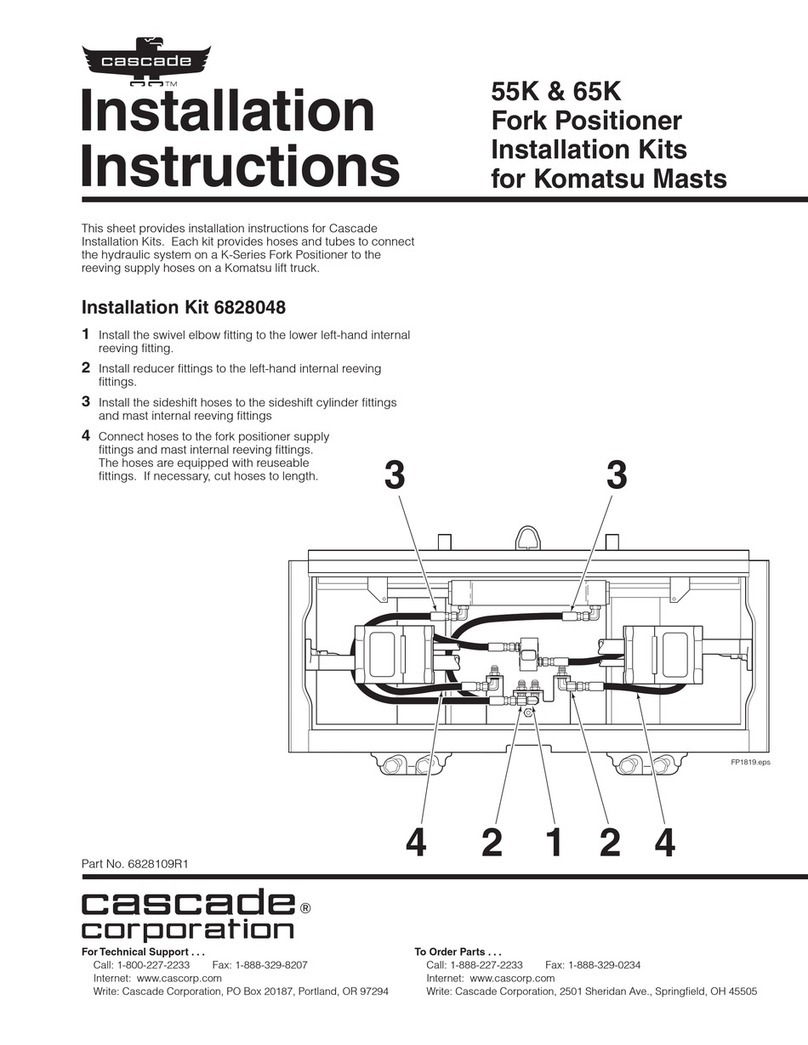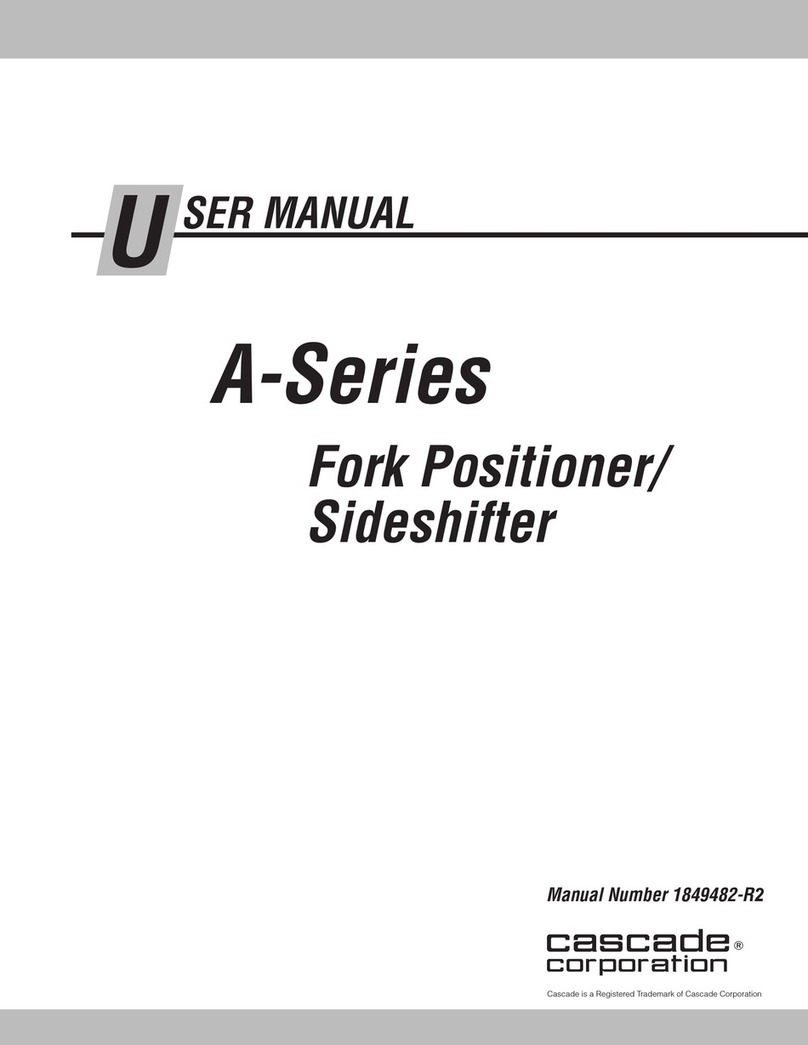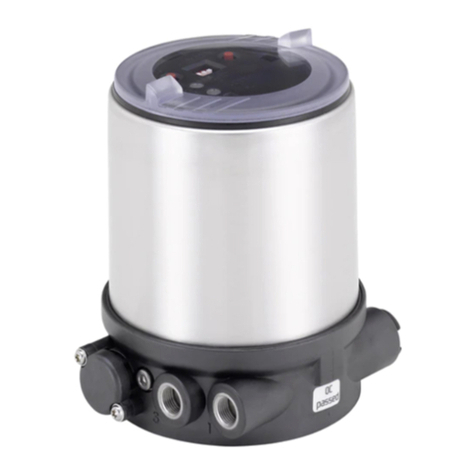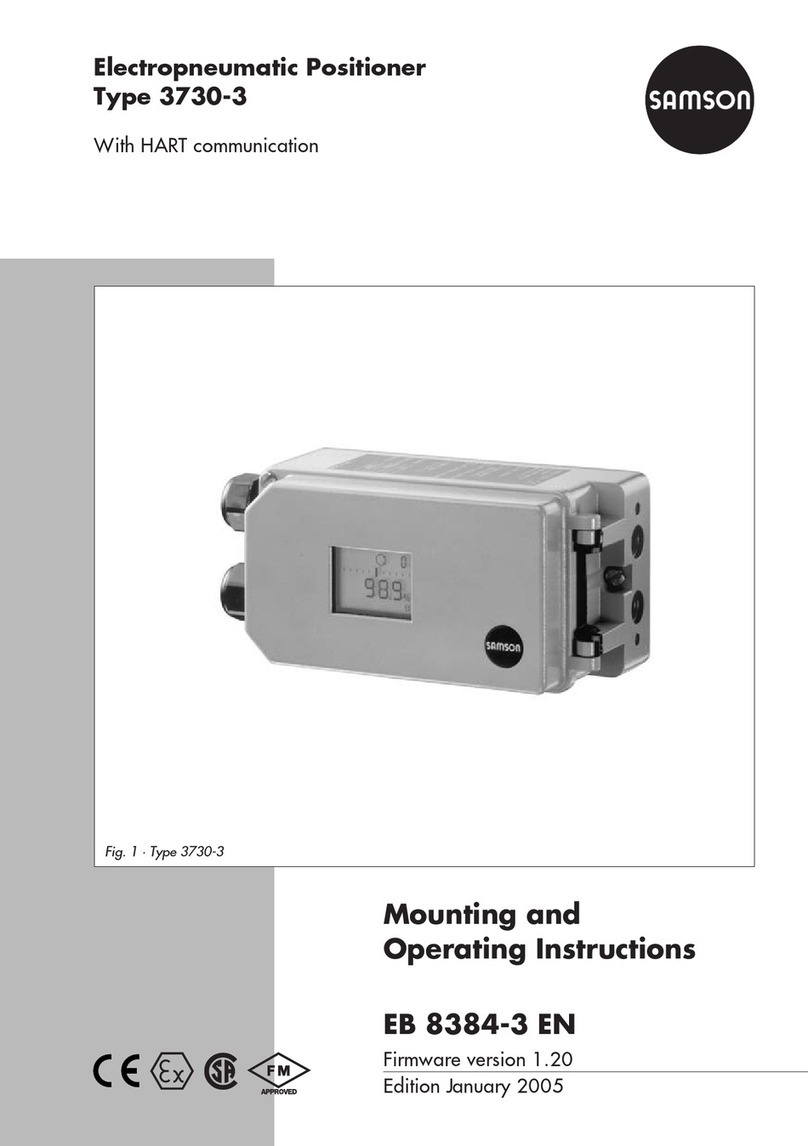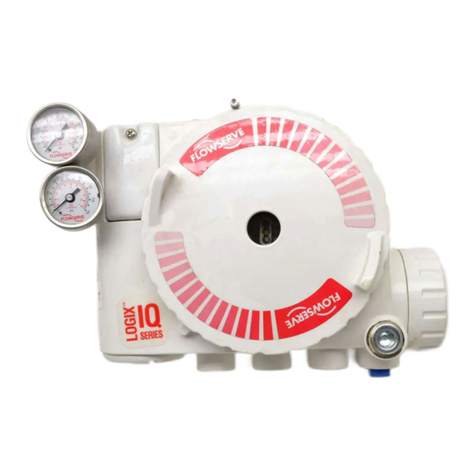
5
6814459-R6 EN
AFE OPERATION AND MAINTENANCE
SIndustrial Trucks and Attachments
WARNING: When operating and maintaining industrial
trucks equipped with attachments, you should pay
particular attention to the following information. You
should be familiar with this information for truck and
attachment operation. Ask your employer for complete
operation information.
General Requirement
Modifications and additions which affect capacity and safe
operation shall not be performed by the customer or user without
manufacturers prior written approval. Capacity, operation and
maintenance instruction plates, tags or decals shall be changed
accordingly.
If the truck is equipped with front-end attachments other than
factory installed attachments, the user shall request that the truck
be marked to identify the attachments and show the appropriate
weight of the truck and attachment combination at maximum
elevation with load laterally centered.
The user shall see that all nameplates and markings are in place
and maintained in a legible condition.
Safety Guards
If the type of load presents a hazard, the user shall equip fork
trucks with a vertical load backrest extension in accordance with
the following.
All new powered industrial trucks acquired and used by an
employer after February 15, 1972 shall meet the design and
construction requirements for powered industrial trucks established
in the “American National Standard for Powered Industrial Trucks,
Part II, ANSI B56.1”, except for vehicles intended primarily for earth
moving or over-the-road hauling.
Operator Training
Only trained and authorized operators shall be permitted to operate
a powered industrial truck. Methods shall be devised to train
operators in the safe operation of powered industrial trucks.
Truck Operations
Trucks shall not be driven up to anyone standing in front of a bench
or other fixed object.
No person shall be allowed to stand or pass under the elevated
portion of any truck, whether loaded or empty.
Unauthorized personnel shall not be permitted to ride on powered
industrial trucks. A safe place to ride shall be provided where riding
of trucks is authorized.
The employer shall prohibit arms or legs from being placed be-
tween the uprights of the mast or outside the running lines of the
truck.
When a powered industrial truck is left unattended, load engaging
means shall be fully lowered, controls shall be neutralized, power
shall be shut off and brakes set. Wheels shall be blocked if the
truck is parked on an incline.
A powered industrial truck is unattended when the operator is 7
meter or more away from the vehicle which remains in his view, or
whenever the operator leaves the vehicle and it is not in his view.
When the operator of an industrial truck is dismounted and within
7 meter of the truck still in his view, the load engaging means shall
be fully lowered, controls neutralized and the brakes set to prevent
movement.
A safe distance shall be maintained from the edge of ramps or
platforms while on any elevated dock or platform or freight car.
Trucks shall not be used for opening or closing freight doors.
A load backrest extension shall be used whenever necessary to
minimize the possibility of the load or part of it from falling rearward.
Traveling
The driver shall be required to slow down and sound the horn
at cross isles and other locations where vision is obstructed. If
the load being carried obstructs forward view, the driver shall be
required to travel with the load trailing.
When ascending or descending grades in excess of 10 percent,
loaded trucks shall be driven with the load upgrade.
On all grades the load and load engaging means shall be tilted
back if applicable, and raised only as far as necessary to clear the
road surface.
Loading
Only stable or safely arranged loads shall be handled. Caution
shall be exercised when handling off-center loads which cannot be
centered.
Only loads within the rated capacity of the truck shall be handled.
The long or high (including multiple-tiered) loads which may affect
capacity shall be adjusted.
Trucks equipped with attachments shall be operated as partially
loaded trucks when not handling a load.
A load engaging means shall be placed under the load as far as
possible; the mast shall be carefully tilted backward to stabilize the
load.
Extreme care shall be used when tilting the load forward or
backward, particularly when high tiering. Tilting forward with load
engaging means elevated shall be prohibited except to pick up a
load. An elevated load shall not be tilted forward except when the
load is in a deposit position over a rack or stack. When stacking
or tiering, only enough backward tilt to stabilize the load shall be
used.
Operation of the Truck
If at any time a powered industrial truck is found to be in need of
repair, defective, or in any way unsafe, the truck shall be taken out
of service until it has been restored to safe operating condition.
Maintenance of Industrial Trucks
Any power-operated industrial truck not in safe operating
condition shall be removed from service. All repairs shall be
made by authorized personnel.
All parts of any such industrial truck requiring replacement shall be
replaced only by parts equivalent as to safety with those used in
the original design.
Industrial trucks shall not be altered so that the relative positions of
the various parts are different from what they were when originally
received from the manufacturer, nor shall they be altered either
by the addition of extra parts not provided by the manufacturer
or by the elimination of any parts. Additional counter-weighting
of fork trucks shall not be done unless approved by the truck
manufacturer.
Industrial trucks shall be examined before being placed in service
and shall not be placed in service if the examination shows any
condition adversely affecting the safety of the vehicle. Such
examinations shall be made at least daily. When industrial trucks
are used on a round-the-clock basis, they shall be examined after
each shift. Defects when found shall be immediately reported and
corrected.






